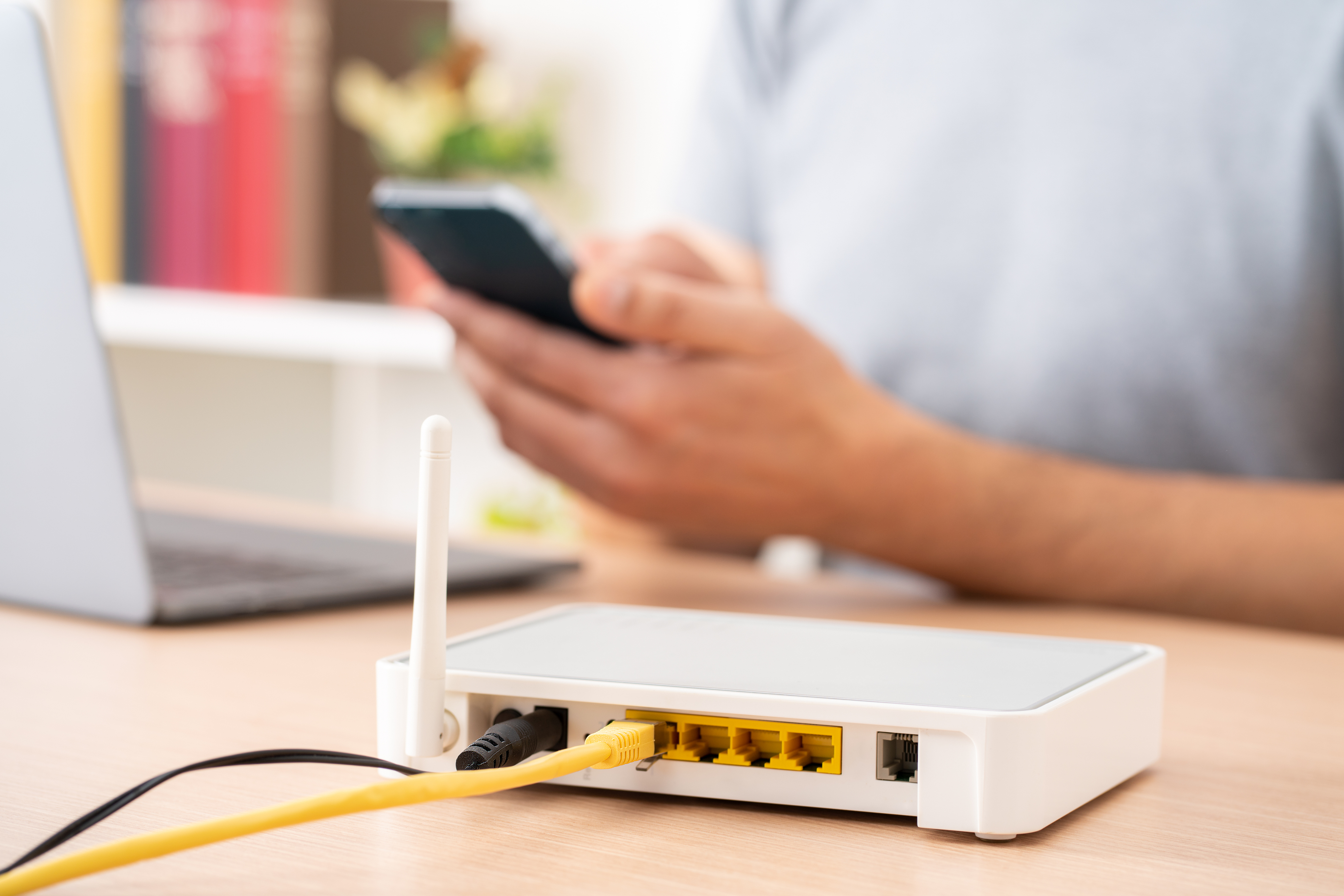Creating a cybersecurity-focused home lab is an excellent way to deepen your understanding of network defenses, system vulnerabilities, and incident response strategies. As you gain experience, upgrading your home lab becomes essential to ensure it remains scalable and reflects real-world challenges. Here’s how to take your lab to the next level.
Expand Your Hardware Resources
Upgrading your hardware allows you to simulate more complex environments and handle greater workloads.
- Server-Grade Hardware: Consider adding refurbished servers like Dell PowerEdge or HP ProLiant to host multiple virtual machines (VMs).
- Dedicated Storage: Use a NAS (e.g., Synology or QNAP) for centralized storage and backups with RAID configurations for redundancy.
- Advanced Networking Gear: Upgrade to a managed switch with VLAN support and a router capable of running open-source firmware like pfSense or OPNsense for enhanced firewall capabilities.
Enhance Network Segmentation
Simulating segmented networks improves your lab’s ability to replicate enterprise environments.
- Advanced VLANs: Expand your VLAN setup for isolated environments like sandboxing, public-facing DMZs, or private admin networks.
- Improved Perimeter Defense: Deploy a secondary firewall or IPS/IDS solutions like Suricata to monitor and analyze traffic.
- Wireless Isolation: Create separate Wi-Fi networks to isolate lab traffic from personal or guest networks using solutions like Ubiquiti UniFi.
Upgrade Virtualization Capabilities
A robust virtualization setup allows for greater flexibility and experimentation.
- Enterprise-Grade Hypervisors: Move to platforms like VMware ESXi or Proxmox for better resource management.
- Nested Virtualization: Enable nested virtualization to simulate hypervisors within your virtual environment.
- Cluster Deployment: Set up a multi-node cluster for fault tolerance and to explore container orchestration with Kubernetes.
Expand Offensive Security Tools
Upgrade your lab’s offensive capabilities to practice advanced penetration testing.
- Specialized Tools: Add licensed tools like Cobalt Strike or enhance your open-source arsenal with Metasploit, Burp Suite, and nmap.
- IoT Testing: Integrate smart devices into your lab to test for Internet of Things (IoT) vulnerabilities.
- Vulnerable Labs: Host vulnerable environments like Hack The Box Private Labs or OWASP Juice Shop for targeted practice.
Strengthen Defensive Capabilities
Enhancing your defensive setups will better prepare you for monitoring and responding to threats.
- Advanced SIEM Platforms: Upgrade to Splunk Free or QRadar Community Edition for centralized log management and incident response.
- Network Monitoring: Deploy tools like Zeek or Wireshark to monitor traffic, and use honeypots like T-Pot to detect attacks.
- Endpoint Security: Add endpoint detection and response (EDR) tools like OSQuery for comprehensive monitoring.
Integrate Cloud Security
Expand your lab to include cloud environments for hands-on experience with cloud security.
- Multi-Cloud Setup: Use free or trial-tier accounts on AWS, Azure, or Google Cloud to simulate real-world cloud configurations.
- Cloud Threat Simulations: Test for vulnerabilities like misconfigured storage buckets or IAM policies.
- Cloud-Native Security: Deploy services like AWS GuardDuty or Azure Sentinel to monitor cloud environments.
Automate Processes
Automation saves time and ensures consistency across your lab.
- Configuration Management: Use Ansible, Puppet, or Chef to automate system setup and maintenance.
- Scheduled Scans: Automate vulnerability assessments using tools like Nessus or OpenVAS.
- Custom Scripts: Write scripts to streamline repetitive tasks like log parsing or alert generation.
Explore Advanced Cybersecurity Topics
Dive deeper into specialized areas of cybersecurity to round out your expertise.
- Reverse Engineering: Set up tools like Ghidra or IDA Freeware to analyze malware.
- Threat Intelligence: Integrate feeds into your SIEM for real-time threat monitoring.
- Digital Forensics: Use Autopsy or FTK Imager to practice incident response scenarios.
Final Thoughts
Upgrading your home lab is an investment in your cybersecurity skillset. By scaling your hardware, incorporating advanced tools, and simulating enterprise environments, you’ll create a dynamic lab that prepares you for the complexities of real-world cybersecurity challenges.
How Can Netizen Help?
Netizen ensures that security gets built-in and not bolted-on. Providing advanced solutions to protect critical IT infrastructure such as the popular “CISO-as-a-Service” wherein companies can leverage the expertise of executive-level cybersecurity professionals without having to bear the cost of employing them full time.
We also offer compliance support, vulnerability assessments, penetration testing, and more security-related services for businesses of any size and type.
Additionally, Netizen offers an automated and affordable assessment tool that continuously scans systems, websites, applications, and networks to uncover issues. Vulnerability data is then securely analyzed and presented through an easy-to-interpret dashboard to yield actionable risk and compliance information for audiences ranging from IT professionals to executive managers.
Netizen is an ISO 27001:2013 (Information Security Management), ISO 9001:2015, and CMMI V 2.0 Level 3 certified company. We are a proud Service-Disabled Veteran-Owned Small Business that is recognized by the U.S. Department of Labor for hiring and retention of military veterans.
Questions or concerns? Feel free to reach out to us any time –
https://www.netizen.net/contact



